Nothing about Ukraine without Ukraine. That has been the guiding principle for Ukrainians as well as Western leaders since Russia first invaded the country in 2014. At least until this year. President Donald Trump intends to meet with Russian leader Vladimir Putin in Alaska this Friday to discuss the war that Putin started and for which he has been indicted by the International Criminal Court. The meeting will not include Ukrainian President Volodymyr Zelensky.
Trump, as he likes to say, holds all the cards. He has enormous leverage over Putin, having declared a deadline of August 8 for Russia to agree to a ceasefire or face more sanctions. That threat lent urgency to Putin’s interest in scheduling a meeting with Trump to forestall those measures. The U.S. president shouldn’t squander Russia’s weakened negotiating position but capitalize on it, both by calling for an immediate ceasefire that respects Ukraine’s territorial integrity and by insisting on Zelensky’s inclusion in any future talks.
U.S. leverage stems from several factors. For starters, the war has not been going well for Russia. The small amount of territory Russia has gained has come at enormous costs in both men and material, crossing the 1 million casualty mark sometime in June. Russian equipment losses have been so great that many attacks have been small, dismounted infantry operations using motorcycles or bikes rather than armored fighting vehicles. The Ukrainians have also been executing long-range drone strikes on Russian logistics, military, and energy targets with significant effect. Even Russia’s greater reliance on drones is being met increasingly with drone interceptors on the Ukrainian side.
Meanwhile, the Russian economy is in real decline. Russian central bank head Elvira Nabiullina, a well-regarded technocrat who has worked tirelessly to withstand the onslaught of sanctions, has sounded the alarm, warning that Russia’s labor, industrial capacity, bank capital reserves, and liquid assets from the National Wealth Fund are largely exhausted. Trump’s threats to impose additional sanctions could hit the Russian war economy hard. He has already imposed an additional 25 percent tariff on Indian goods over the country’s purchases of Russian oil and gas, though the Indian government has responded defiantly.
But instead of capitalizing on this potential clout, Trump agreed to a bilateral summit with Putin with no preconditions and without Ukrainian participation. For months, Trump has made overtures to Putin, and Putin has responded with more and more brutality. Clearly, the Russian leader is not a partner in peace and has little respect for his American counterpart. On Putin’s agenda for Friday: a proposal that not only disadvantages Ukraine but would be impossible politically for Zelensky to accept.
How did we get here?
On August 6, White House special envoy Steve Witkoff made his fifth trip to Moscow to meet with Russian officials, including Putin. Witkoff suggested inaugurating a new era of “strategic cooperation” with Russia (in keeping with Trump’s long-standing desire to normalize relations between the two countries). Putin responded with a proposal, the details of which remain hazy because they have changed with each recounting by Witkoff.
Essentially, the Kremlin’s demands entail Ukraine’s evacuation of Donetsk and Luhansk and the formal cession and international recognition of those two oblasts, which Putin illegally annexed in 2022, as Russian. Less clear is what would happen to the two other regions claimed by Putin—Kherson and Zaporizhzhia, neither of which Russia fully occupies (nor does it fully occupy Donetsk). It appears that all Putin may have promised was to pause ongoing military operations there.
After these steps, there would be a ceasefire and negotiations over a final settlement of the conflict. Following a series of briefings and discussions with Ukrainian and European officials on Saturday, it became clear that these terms would not be acceptable to Kyiv or to our European allies. Meetings in the U.K. between Vice President J.D. Vance and British and Ukrainian officials underscored that reality but did provide a roadmap for how Trump can restore the leverage that Witkoff forfeited when he misled his boss into thinking that Putin was prepared to make concessions.
The Vance meeting with the Europeans, an unnamed U.S. official told Axios, produced “significant progress” and resulted in a joint statement by several European leaders, including French President Emmanuel Macron and German Chancellor Friedrich Merz. Their proposal called for an approach that married diplomacy with pressure on Russia by requiring Ukrainian involvement, allowing for negotiations only in the context of a ceasefire, maintaining the principle of the inadmissibility of changing borders via the use of force, and taking the current line of contact between the two sides as the starting point for a negotiated settlement, not the endpoint. The European view was conveyed directly to President Trump by Finnish President Alexander Stubb, who has maintained an excellent relationship with the U.S. president forged on the golf links. (Stubb was a standout college golfer at Furman University in South Carolina.)
On Wednesday, European leaders and Zelensky held a virtual summit with Trump that appears to have stiffened the U.S. president’s approach. According to Chancellor Merz’s readout, the president and his European interlocutors agreed that he should demand that Putin agree to a ceasefire, that only Ukrainians could negotiate over their territory, and that negotiations should begin but not end with the current line of contact. Trump reportedly agreed, although he subsequently cast doubt on his ability to get Putin to agree to a ceasefire.
Righting the ship.
Trump can restore U.S. leverage and allay Ukrainian and European concerns by sticking with the European playbook. Putin has offered a ceasefire only if Ukraine cedes territory to Russia, a proposal that Zelensky cannot accept, and one that Trump should also reject. Trump should also impose sanctions on Russia, as he promised to do, to enhance his leverage over Putin. That will send a strong signal to the Russian leader that the United States is not going to fall for his stalling tactics.
Indeed, there is every reason to believe that Putin has contrived this plan to take the heat with Trump off himself and to depict Ukraine and the Europeans as the obstacles to peace. Kirill Dmitriev, one of Witkoff’s interlocutors, as well as anti-Ukraine voices in the U.S., have already suggested that pro-Ukrainian forces in the U.S and Europe will seek to torpedo the summit.
Trump should also make clear that the Kremlin’s failure to end the fighting—which Putin could do any day, if he so chose—will trigger more military assistance for Ukraine from the United States through Europe. In addition, the U.S. could join the European Union’s price cap on Russian oil and designate more than 300 additional vessels in Russia’s “shadow fleet”—private tankers that are used to help Moscow evade energy sanctions. He should seize the $300 billion in Russian assets frozen in U.S. and European banks and make those funds available to Ukraine. Finally, he should make clear that any final settlement must include security guarantees for Ukraine, either through eventual NATO membership or in alignment with a number of willing European allies.
Ukrainians are mindful of the disastrous Munich Agreement of 1938, when British and French leaders struck a deal with Nazi leader Adolf Hitler, giving Germany the Sudetenland, part of Czechoslovakia, without involving the Czechoslovaks in the negotiations. Despite then-U.K. Prime Minister Neville Chamberlain’s claim that the deal would bring “peace for our time,” World War II and the Holocaust followed instead.
Hours after the U.S.-Russian summit was announced, Zelensky gave a speech to the Ukrainian people—and to those in the West—rejecting the prospect of any territorial concessions to Russia. Such a deal would fly in the face of the Ukrainian constitution, which prohibits ceding territory, and the sentiment of the majority of the admittedly war-weary Ukrainian people.
A territory-for-peace deal now would buy Putin time to renew his attacks against Ukraine at a later date. It would also send a signal to other authoritarian leaders, including Chinese President Xi Jinping, that they, too, can get away with attacking other countries, seizing their land, and winning recognition of the ill-gotten gains.
Moreover, all the talk of territory ignores the fact that millions of Ukrainians live on that land. Ceding these areas would subject them to brutal Russian control and abuses. Those living in Russian-occupied Crimea and parts of the Donbas are all too familiar with the horrors of living under the Russian thumb, including the hideous and illegal abduction of thousands of Ukrainian children.
Putin has been “tapping” Trump along and yet secured a delay in the long-promised sanctions on Russia that were supposed to have taken effect last Friday. While Trump has increased tariffs on India in part for its importing of Russian energy, he has not yet done so on China, the world’s largest purchaser of Russian oil. And he is granting Putin a summit meeting on U.S. soil, but not just any U.S. soil—Alaska, which Russia sold to the United States back in 1867. Many Russian nationalists are now making outlandish statements implying that Alaska belongs to Moscow. Ordinarily, U.S. presidents would meet their Russian counterparts in a third country when bilateral relations are strained.
No normalization of U.S.-Russian relations.
As bad as it will be to watch Trump shake hands with Putin, who has the blood of thousands of Ukrainians on his hands, it would be worse if the administration believes it will mark the beginning of better relations between the United States and Russia. There appear to be people both inside the administration (with Witkoff at the top of that list) and on the outside who believe that the U.S. can normalize diplomatic ties with Russia. Instead of relying on Witkoff, Trump would be better served by empowering a different special envoy, Keith Kellogg, or Secretary of State (and National Security Adviser) Marco Rubio, to deal with Moscow. Both have experience in sensitive international diplomacy and a much better understanding of the dangers posed by Putin and his cronies.
Trump should make it clear that there cannot be a return to business as usual as long as Russia continues to kill Ukrainians and engage in hybrid attacks on Western targets. Even if those were to stop, the United States should not sweep Russian war crimes and crimes against humanity under the rug.
This is not to argue that U.S. and Russian officials should never meet. But meeting at the presidential level is a huge gift to Putin. It is something Putin has sought for a long time. And it is a meeting that he has not earned. The Biden administration, ill-advisedly, granted Putin an unconditional summit in the spring of 2021 and lived to regret the decision. Putin’s crimes and abuses have only gotten worse.
Nobody wants the war that Russia started to end more than the Ukrainians do, but they want to make sure it is done justly and permanently. That should be the goal of the United States as well. Trump should restore U.S. leverage, demand a Russian ceasefire, and include the Ukrainian leadership in any further talks. All parties need to recognize that Ukrainian territory is not for others to trade away but is, and always will be, part of Ukraine.
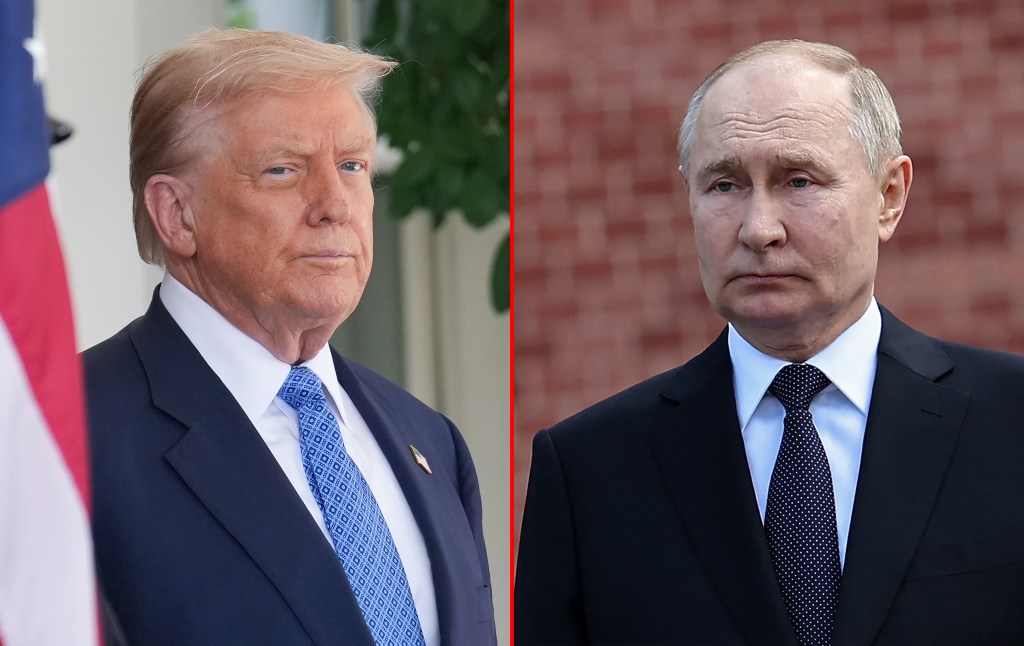
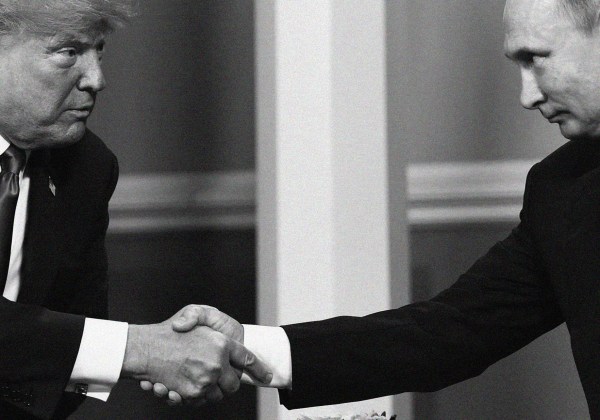
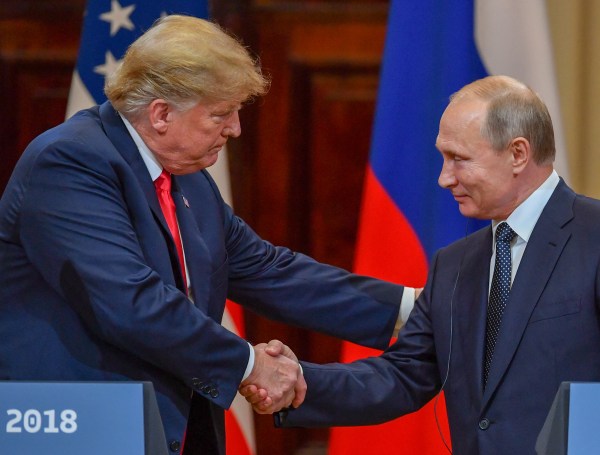
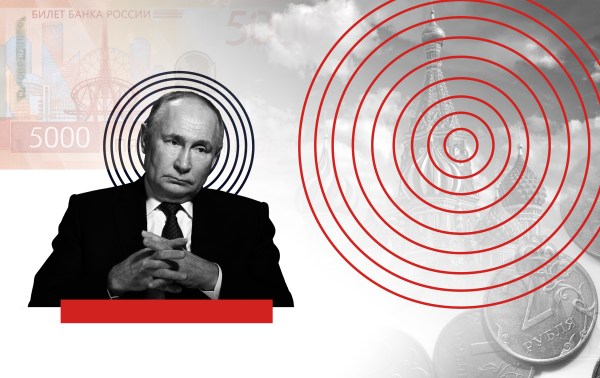
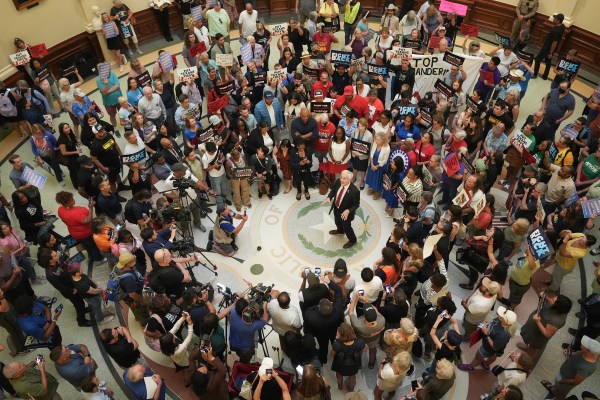
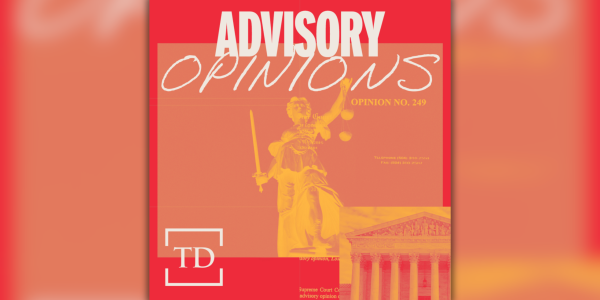
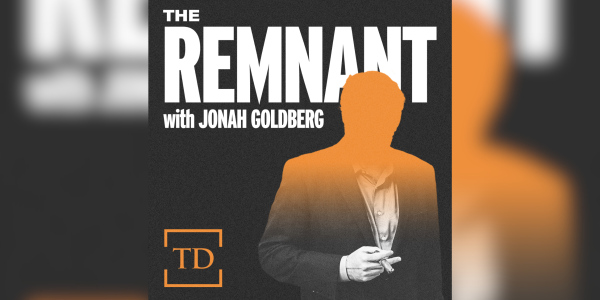
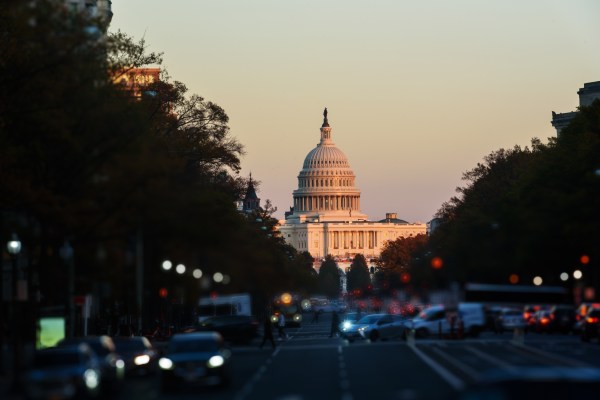

Please note that we at The Dispatch hold ourselves, our work, and our commenters to a higher standard than other places on the internet. We welcome comments that foster genuine debate or discussion—including comments critical of us or our work—but responses that include ad hominem attacks on fellow Dispatch members or are intended to stoke fear and anger may be moderated.
With your membership, you only have the ability to comment on The Morning Dispatch articles. Consider upgrading to join the conversation everywhere.